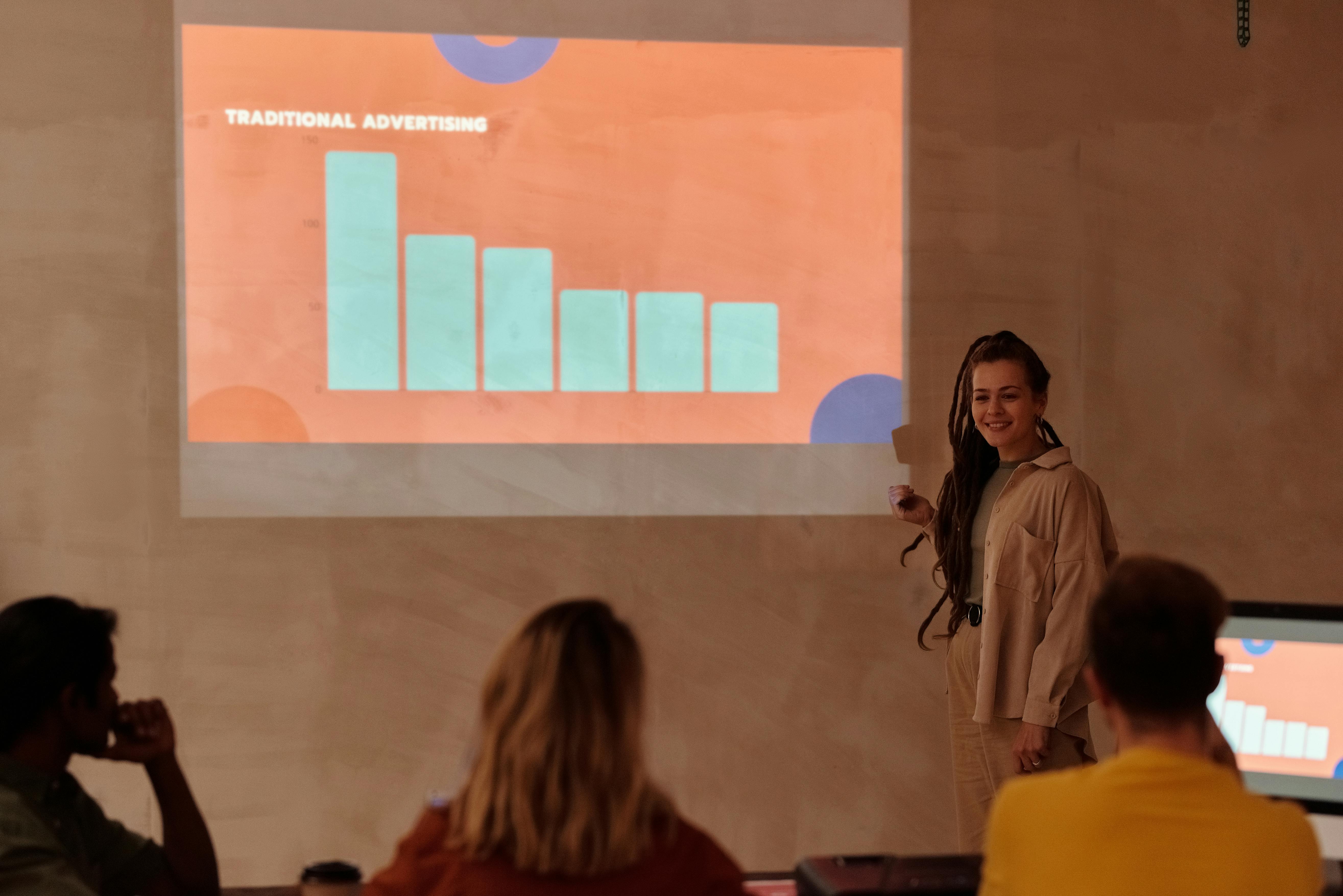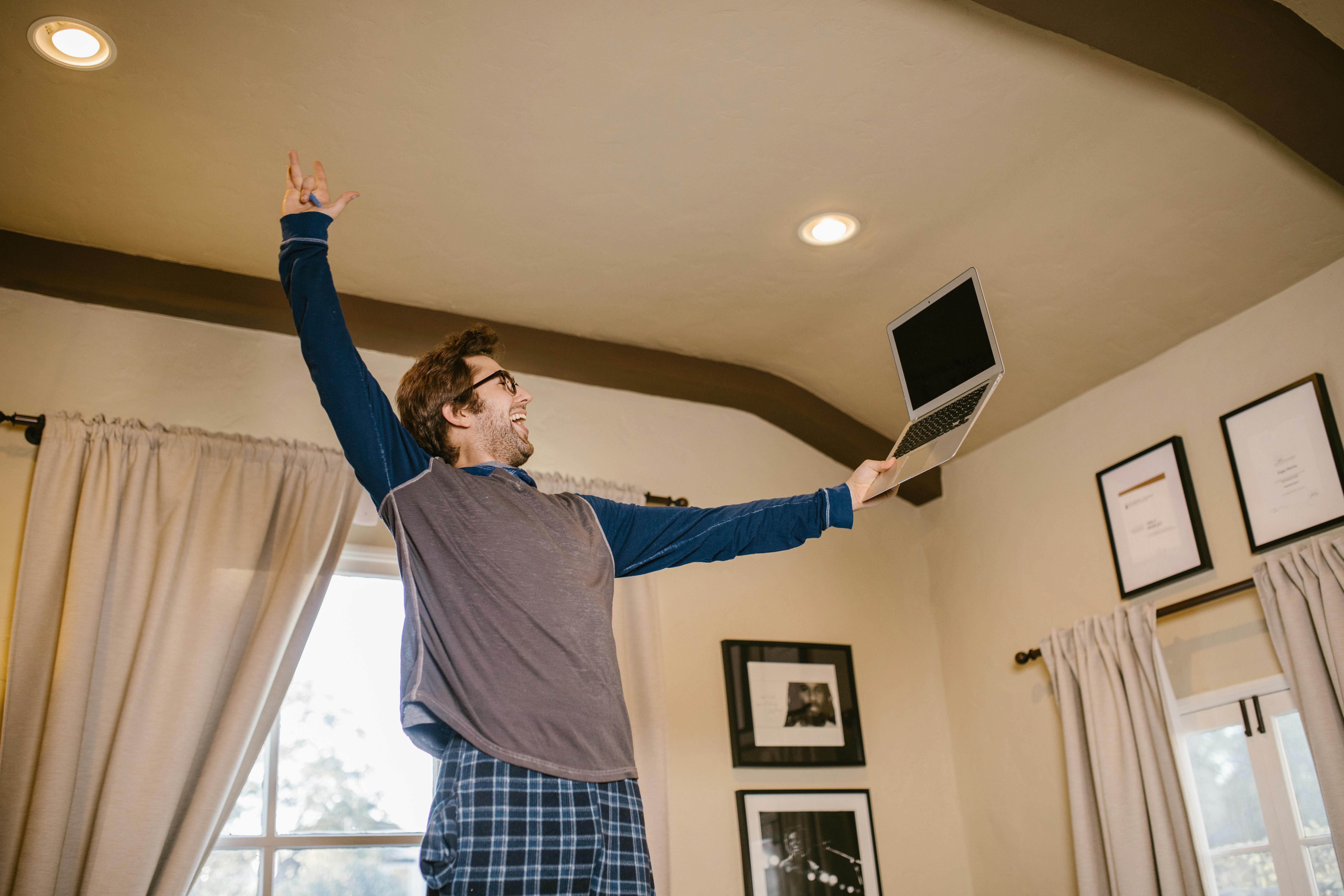Did you know that there are more than 200 types of Nescafe? That’s why your favorite Nescafe at home may taste absolutely different in some foreign country, even if the name and packaging look exactly the same, language differences aside. Despite being a household name globally, Nestlé, the company that owns the Nescafé brand, distinctively caters to the local palate. The key to the success of a global brand is not to offer the same product everywhere, but to offer a different product with the same name everywhere.
I remember the vanilla Coke I first tried in America in 2001. It was terribly sweet and artificial. Yuck! Some time later I also found it in stores here in Norway, but to my surprise the sweet taste was much more refined and balanced. I experienced the same thing with Pepsi Lemon. Strangely contrived in the US, but much more balanced here. Why can’t it taste the same everywhere? Wouldn’t it be better if people love the brand and get used to the taste, so people know that they can find the same flavor wherever they go?
Apparently not. Coffee is a staple drink in most homes. Not just in homes, virtually everyone drinks coffee (or tea). So it should be easy to win the market with one type of coffee, right? Wrong. Each country has different customs when it comes to food and different ingredients and flavor compositions in the main food sources of that country. Therefore, to complement these foods and the eating and drinking habits of that country, the coffee must also be different from the country. Nestlé, one of the world’s leading providers of global food brands, knows this and that is why it has a research center in the city of Singen, in southern Germany. Not only there, the Singen center is just one of many food laboratories around the world operated by Nestlé, creating new culinary delights as I write this.
In fact, the Nestlé company mantra seems to be simple: “In food, you have to be very local.” And Nestlé wouldn’t have existed for more than 140 years if they hadn’t figured this out early on. One of its most important brands worldwide is Nescafé instant coffee. But Nescafé is not always Nescafé: the one you buy in Asia is different from the one you will find in your local supermarket in Europe, South America or Australia. In fact, the company makes around 200 different types of Nescafe, and some types never make it out of their local market, simply because they don’t taste good anywhere else. Well, there’s nothing wrong with the taste, of course, it’s just that people don’t like it. Take the “3-in-1” sachets sold in parts of Asia with the supposedly perfect mix of coffee, milk, and sugar for everyday use. Now, I doubt you can sell them in Europe, as many Europeans prefer black coffee, let alone Italians who would probably never give up their Espresso. But, if you market them as “Gourmet” or “Special”, yes you can, and that’s what Nestlé does. And it’s not just the brand variants that are different: the 800 or so components that are included are also modified to suit national preferences.
So there you have it. And the next time you are abroad and you order a coffee and you are served Nescafe, don’t hesitate, it could be the best coffee experience of your life. That’s what happened to me when I had my first 3-in-1 in Singapore three years ago, and later when I first tasted Nescafe Classic from Indonesia. Since then I have been a sworn Nescafe addict.
Just as coffee is not always coffee, Nescafé is not always Nescafé either.



